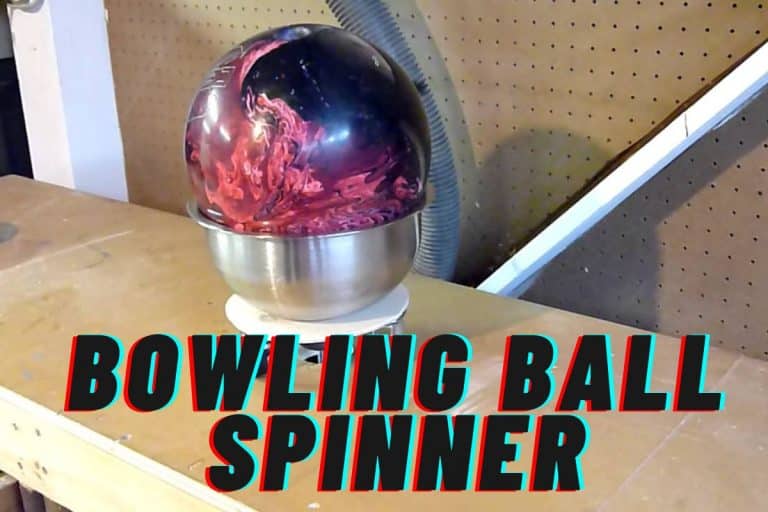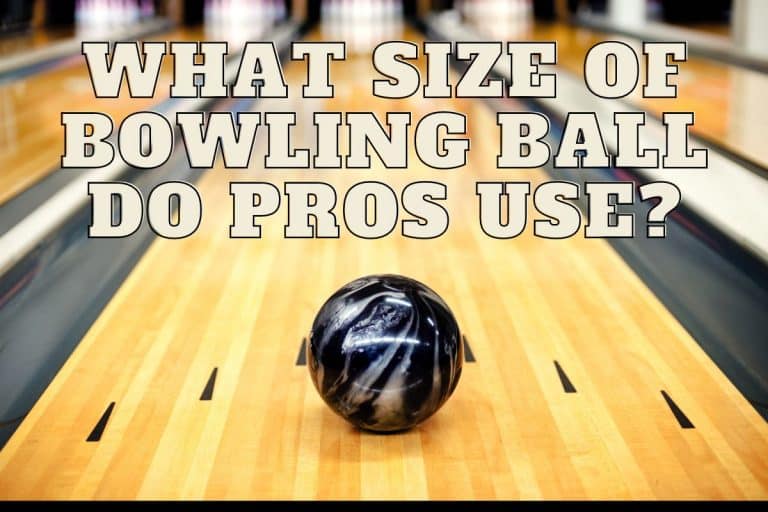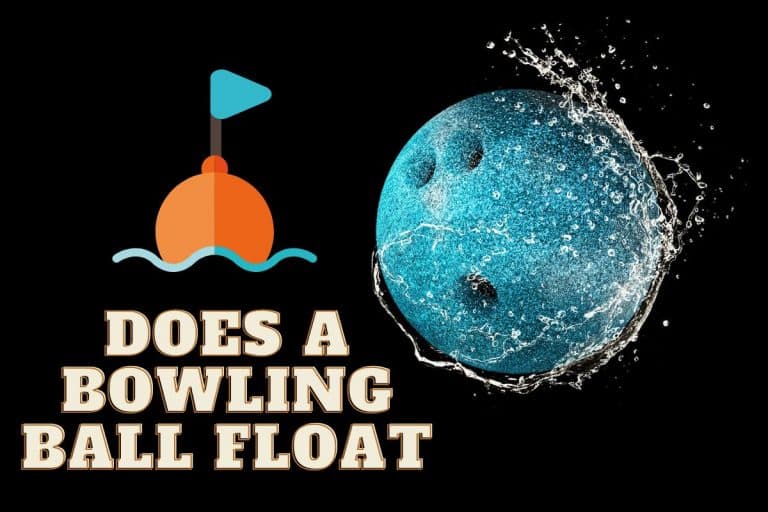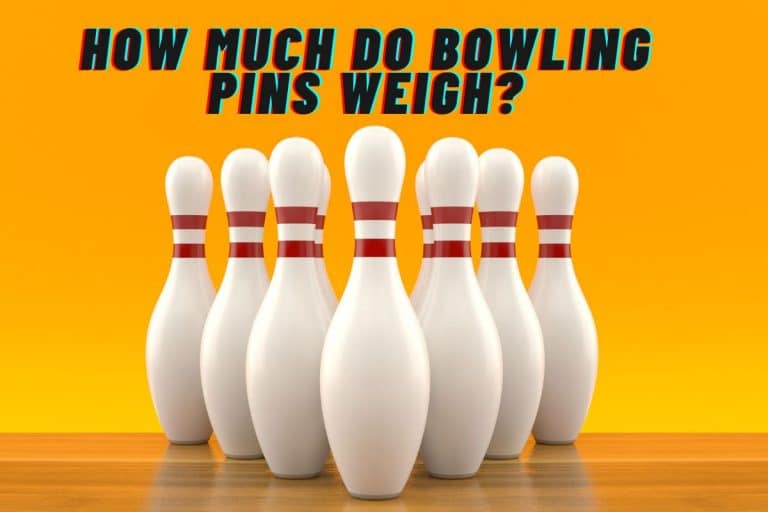Do Pro Bowlers use Finger Inserts? [Bowling Finger Grips]
Using finger inserts in a bowling game plays a vital role in the game's success. But do pro bowlers use finger inserts? We will address that in this article, so stick around for more information!
Do pro bowlers use finger inserts? Yes, many professional bowlers opt for finger inserts to improve their grip and control of the ball when using a fingertip grip. Bowlers often find that their performance improves after switching to finger inserts because of the improved grip they give.
At the end of this article, you will know the importance of using bowling finger inserts, when to check them, and how to measure the perfect size.
The Bowling Finger Inserts.
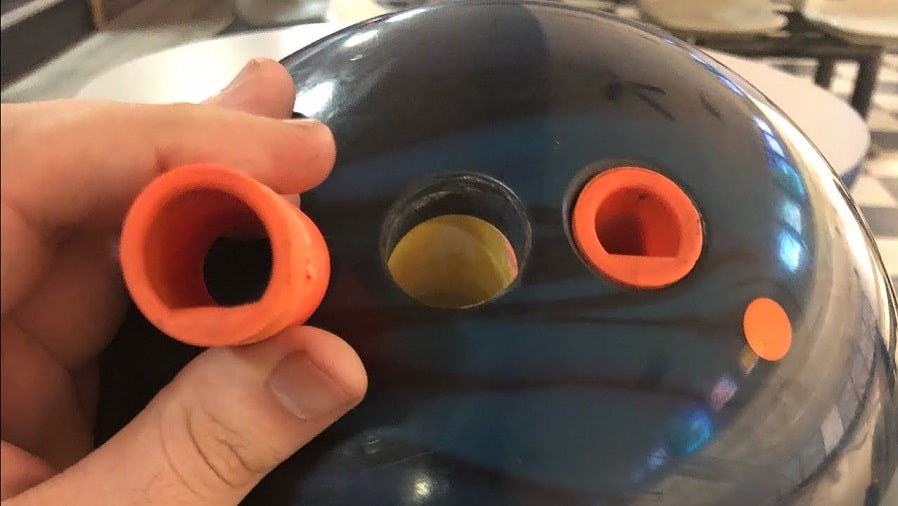
Bowling finger inserts are small tubes made from different materials such as plastic, gel, and rubber. The holes are contoured with urethane material so your fingertips can fit properly inside. The inserts are precisely measured and shaped so that the technician at the pro shop needs to slide the tube into the pre-drilled bigger holes and attach it with glue.
The Advantages of Using Bowling Finger Inserts.
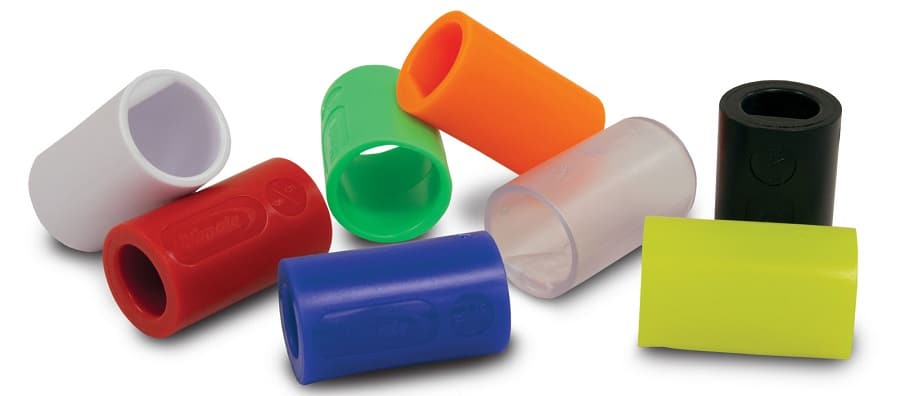
Are finger inserts worth it? Check out the advantages of using them.
- In addition to giving you a better grip, you can customize finger inserts to suit your finger sizes. With this, you can aim more precisely and confidently.
- Better Grip. Finger inserts provide a firm grip on the ball, allowing you to control its trajectory more accurately.
- Protection for the Fingers. To prevent calluses and blisters on your fingertips, try using finger inserts. Thanks to the urethane material, you won't have to worry as much about the ball's friction hurting your fingertips.
Are Inserts Essential for New Bowlers?
No, inserts are not a must-have for new bowlers. Most of them discover they aren't necessary because they are still gaining experience and adapting to the game. But, as they improve their skills and make more consistent shots, finger inserts become a requirement to aid grip. Moreover, they are pricey, so getting finger inserts may not be a good idea if you intend to avoid playing the game in the long run.
Reusing Finger Inserts In Bowling Ball.
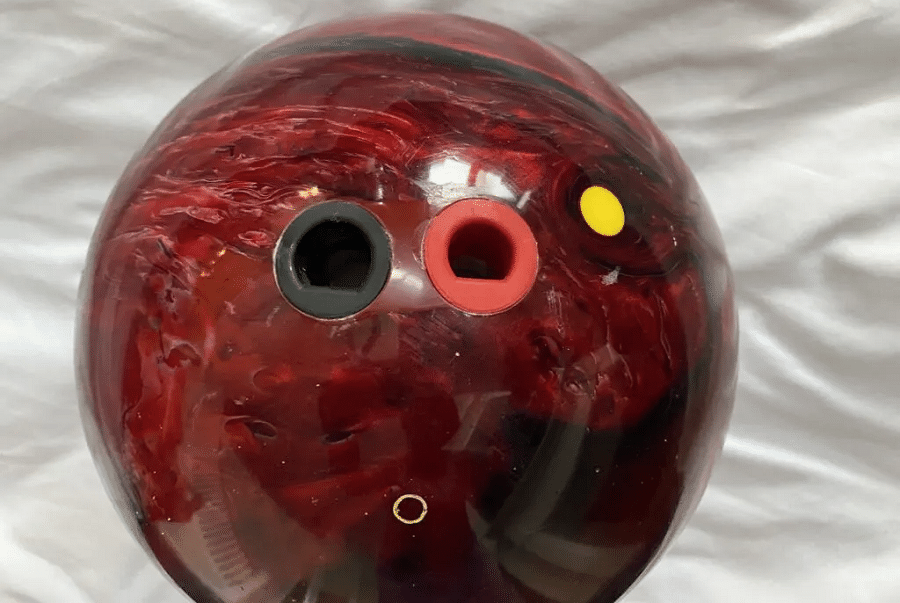
Although it’s not illegal to reuse bowling ball finger inserts, it is not recommended. The reason is inserts wear out and finally break, resulting in the bowling ball insert not fitting firmly in the ball. Hence, whenever possible, replace them with brand-new ones.
But if you're tight on cash, you can get away with using the same inserts more than once. You may use the used inserts in your spare bowling ball if the ball is in good condition.
When should you check your bowling ball Insert?
The number of matches you play after installing an insert in your bowling ball should determine how frequently you inspect the ball. Whether you use finger inserts, a thumb slug, or just the gripping holes drilled in the ball for a grip, it doesn't matter.
Depending on how often you bowl, you should get 60–80 games out of a bowling ball before having a pro shop technician inspect the gripping holes for damage on the inserts or the edges of the holes.
Measuring Bowling Ball Inserts.
Using the manufacturer-supplied sizing chart is the most reliable method for determining the correct finger insert size. Taking the measures is optional; you may do it yourself or have a professional do it.
They begin by determining the width of your hand, then examine the joints in your fingers to see how well you can grasp and toss the ball. Furthermore, they will measure how far your thumb can move.
Afterward, they'll use a device to inspect how close they got to your bowling fingers' first knuckle. These measurements are used to determine the suitable inserts for you.
The Optimal Finger Insert Fit?
If your finger grips are too rigid, you will have a hard time having a suitable finger grip, and if they are too loose, it will be hard for you to throw the ball. Trying on various shapes and sizes until you find the perfect size for the finger insert is the best method to get a good fit.
Why Bowlers Use Finger Tape.
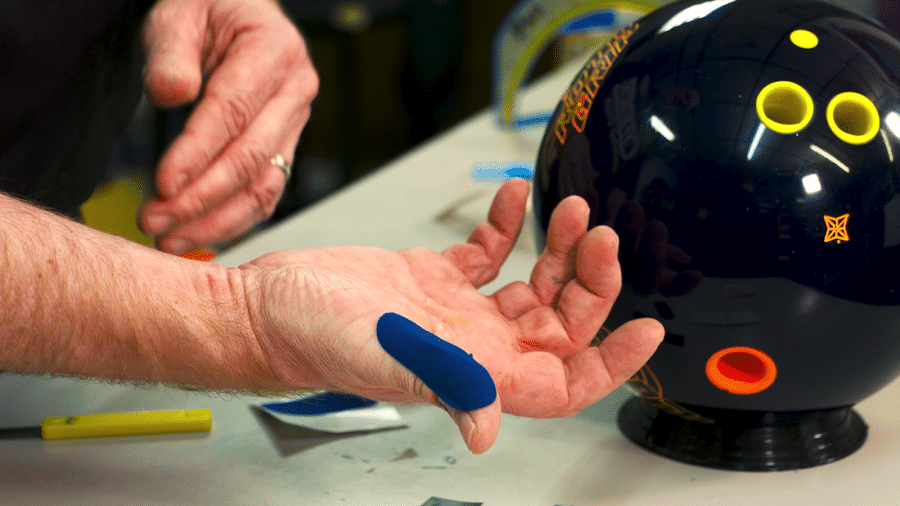
Using a bowling ball too often or too roughly might result in bruises and other skin problems. Bowler's tape is a flexible protective tape often used by bowlers to prevent injury to bowlers’ fingertips. An injured finger just before a big competition is the last thing you need. Therefore, pick up finger tape at the pro shop to avoid nursing injuries after a bowling game when you get your finger inserts.
Removing Inserts from a Bowling Ball.
You can quickly and easily remove finger inserts from a bowling ball using a flat-bladed screwdriver and a set of pliers. To dislodge the bowling ball from its insert, use the screwdriver to press in between them.
Move your way around and insert it in a circular motion until entirely loose. Pull it out with the pliers once it's free. You may need some effort; even so, be cautious to avoid cracking the insert or breaking the bowling ball.
The Cost of Finger Inserts.
Different manufacturers offer unique styles for the bowling balls they produce. Some are available at meager prices, but as with everything, you pay for what you get. Even though the brand-name finger inserts are more costly, they are still within most people's price range.
If you're looking for a finger insert, here are some brands and their prices you can consider:
- Vise: Several eBay vendors offer vise finger inserts for as low as $1 each, including delivery, making them much more affordable. Prices range from $3.50 to $4.00 on average.
- Turbo: Turbo produces many designs, all of which you can buy from internet vendors for $3 to $5.
- The Ultimate bowling brand: At Walmart, a 10-pack of this brand costs $3.95 plus shipping, which is on the low end compared to other options.
Conclusion
Most pro bowlers use bowling finger inserts to help them get a firm grip and reasonable control of the ball. Bowling ball manufacturers provide a chart that you can use to know the right finger insert for you, or you can visit a pro bowler shop for measurements. Try different sizes and shapes of finger inserts to know a perfect size.
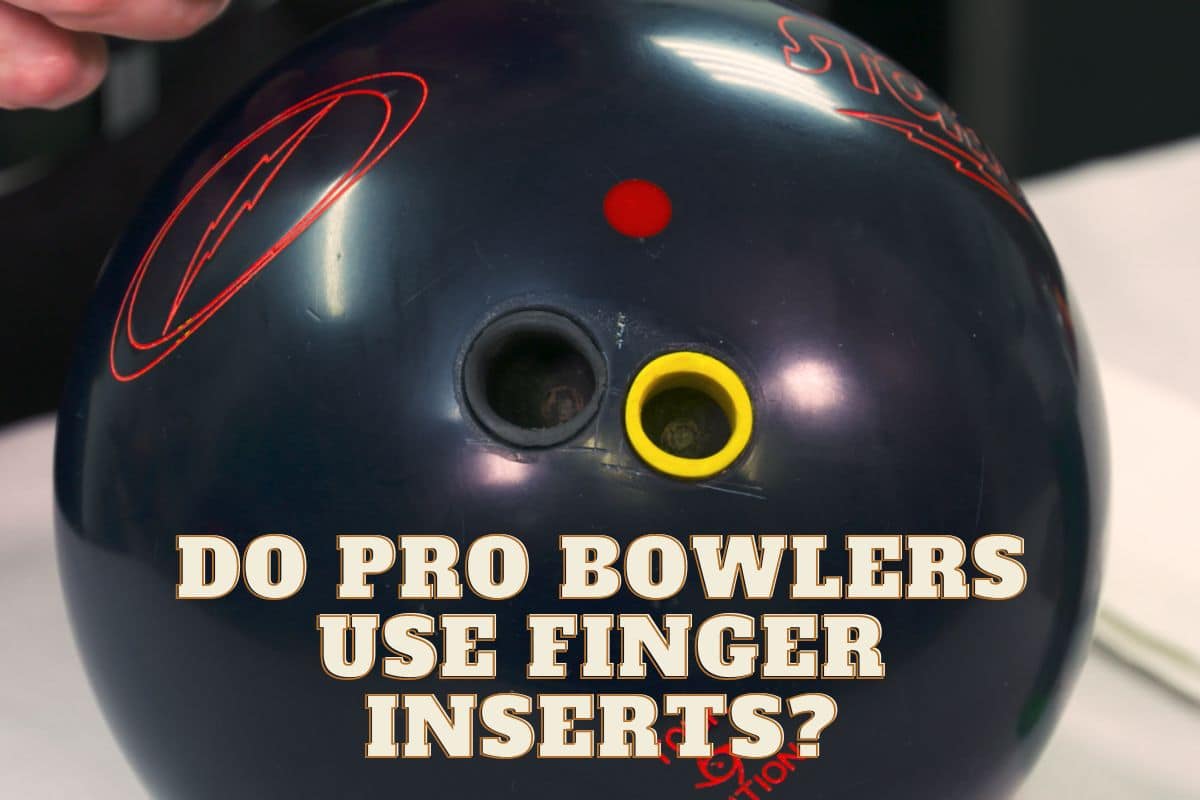
![How to Throw a Bowling Ball [Straight & Hook]](https://www.bowlingknowledge.com/wp-content/uploads/2023/01/How-to-Throw-a-Bowling-Ball-768x512.jpg)
